Introduction
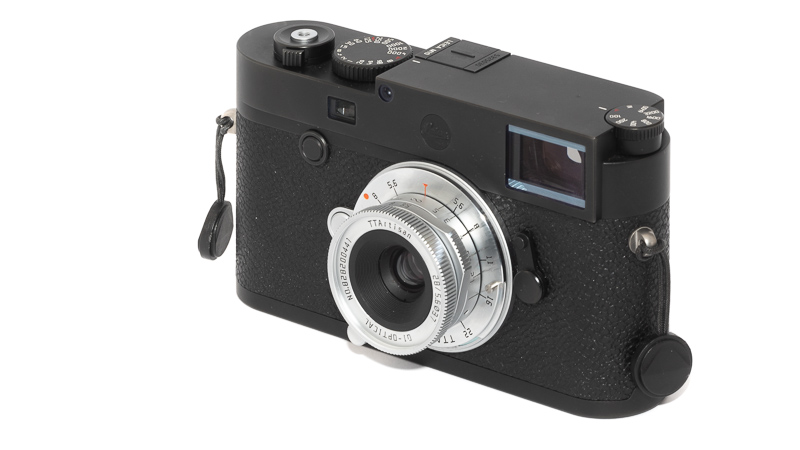
When people hear TTArtisan many may connect that name to very fast lenses like the 50mm 0.95 or the 90mm 1.25, but today we are looking at something very different: a compact 28mm 5.6 for M-mount.
A maximum aperture of f/5.6 doesn’t sound that exciting, but then tiny lenses are always welcome here, so let’s have a closer look!
The lens is being tested on 24mp Leica M10 and 42mp Sony A7rII.
Sample Images
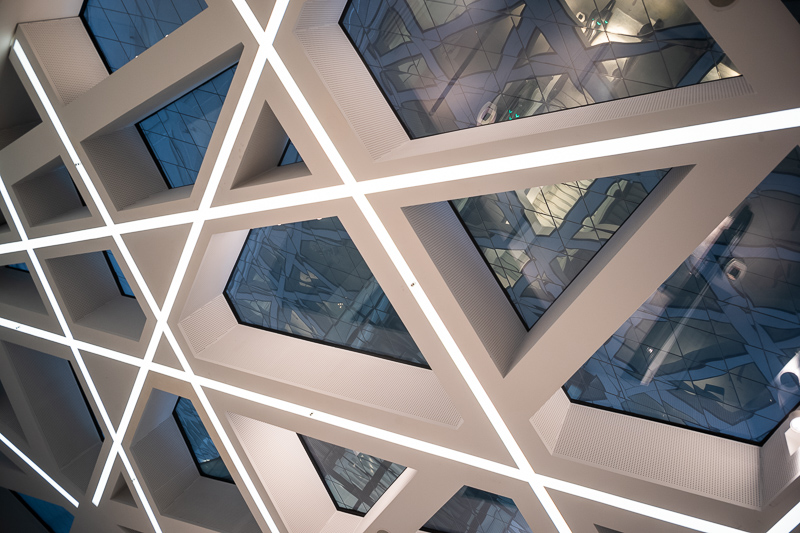
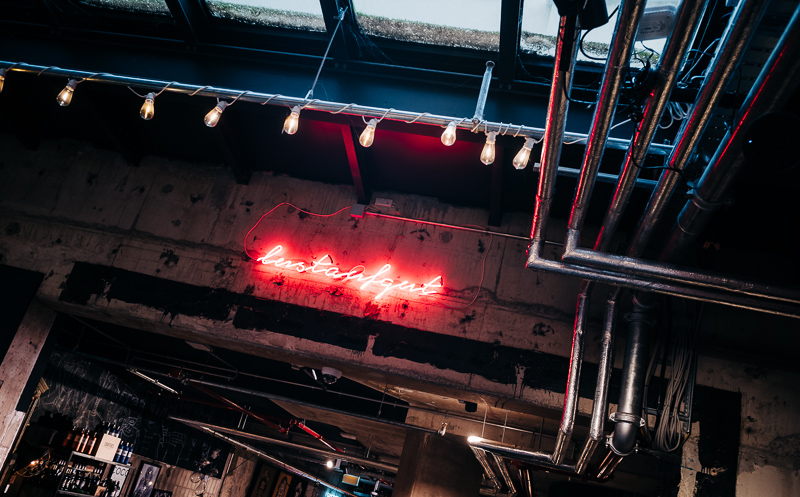
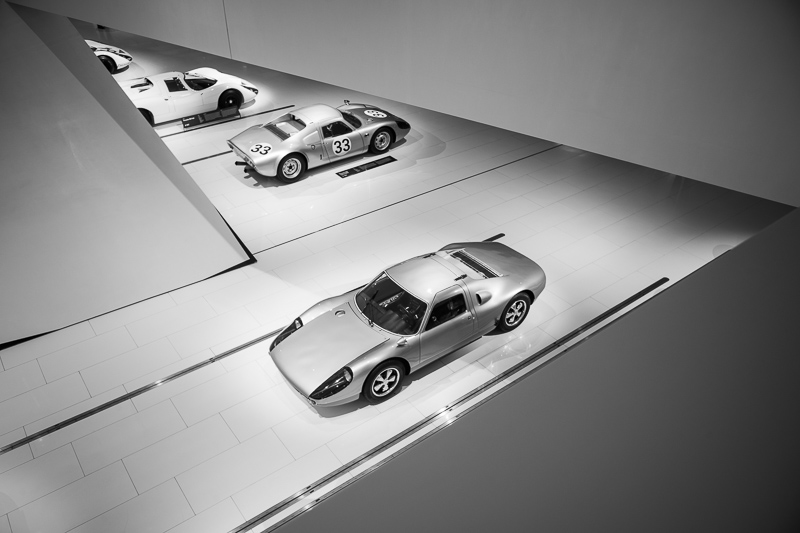
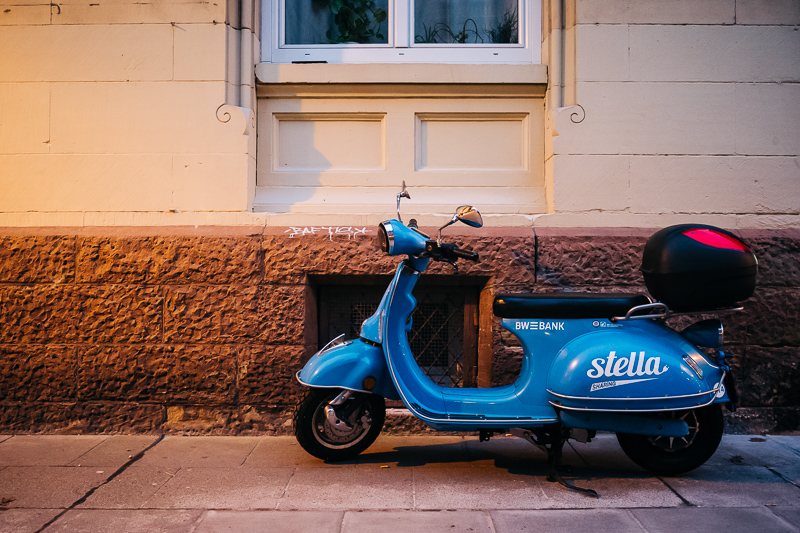
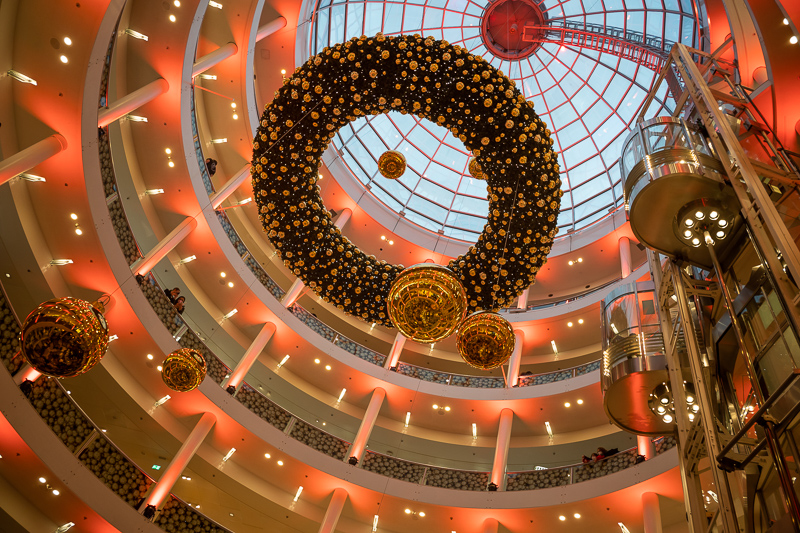
You can find most of the sample images in full resolution here.
Contents
Specifications
From the outside the TTArtisan 28mm 5.6 looks almost exactly like the Leica 28mm 5.6 Summaron-M which sells for 10 times as much, the optical design is completely different though, so we are not dealing with a 1:1 copy of an old Leica lens like we have seen from Light Lens Lab lately. The TTArtisan 28mm 5.6’s full specifications are:
-
- Diameter: 39 mm
- Field of view: 75° (diagonally)
- Length: 20 mm
- Weight: 150g (without hood, without caps)
- Filter Diameter: 37 mm
- Number of Aperture Blades: 6 (inwardly curved)
- Elements/Groups: 7/4

- Close Focusing Distance: 1.0 m
- Maximum Magnification: 1:31 (measured)
- Mount: Leica M
The lens can already be preordered from the manufacturer’s shop and B&H (affiliate link) and the price is $298
Disclosure
The TTArtisan 28mm 5.6 M was kindly provided free of charge by TTArtisan for reviewing purpose for a duration of 4 weeks.
Handling/Build quality
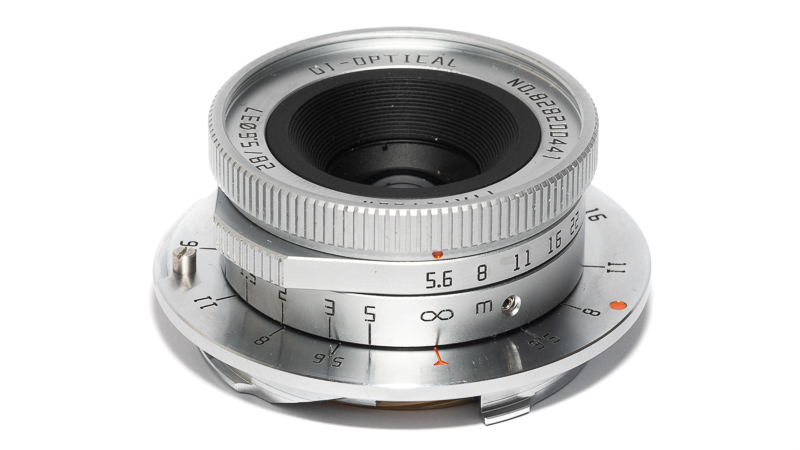
The original Leica 28mm 5.6 Summaron had been released in 1955, so having a look at this lens’ mechanical design is a bit of a trip down memory lane.
For focusing you need to use the small focus tab, the barrel itself is so small there is nowhere to grab it. The focus ring has a nice, well dampened resistance and turns about 90° from the minimum focus distance (1.0 m) to infinity. There is not only a hard-stop, there is also an infinity lock, so if your lens is set to infinity you first have to push down the button on the focus tab to be able to change the focus distance.

Now me personally, I neither like that infinity focus lock – which slows me down a lot during shooting – nor a minimum focus distance of 1.0 m – which is very long even for a rangefinder lens.
The aperture ring has full-stop click stops and turns roughly 30° from f/5.6 to f/22.
The lens is rangefinder coupled across the whole distance range and considering its specifications I don’t expect any calibration issues. My Leica M10 displays the correct 28mm framelines.
The outer casing seems to be made completely from metal and all markings are engraved and filled with paint.
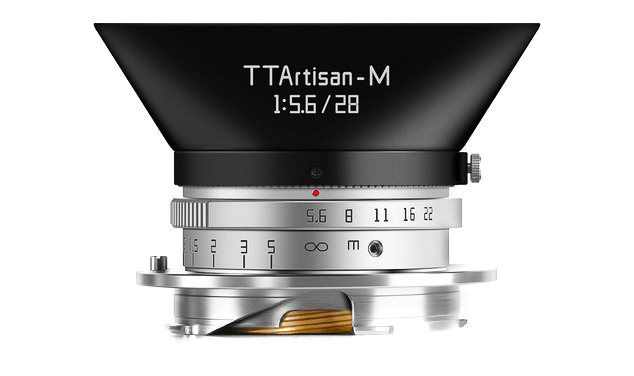
There is a rectangular “vintage” lens hood available (again similar to that of the original Leica lens as well as the Voigtländer VM 21mm 3.5), but I didn’t receive it with the lens, so I cannot tell you much about it.

The TTArtisan 28mm 5.6 is smaller than e.g. the Voigtländer 21mm 3.5, but the exotic MS-Optics 24mm 2.0 is hard to beat in terms of size, as can be seen from the comparison above.
Vignetting
Light falloff
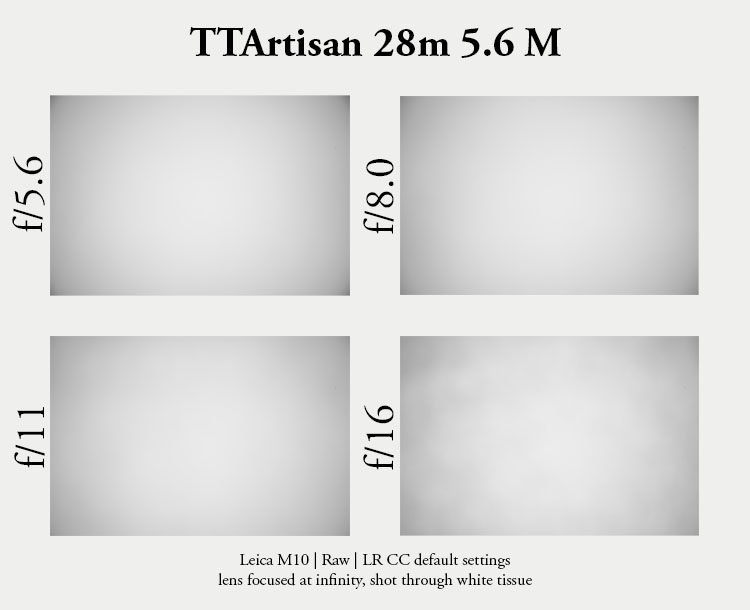
Compact lenses usually show high vignetting figures and the TTArtisan 28mm 5.6 M is no exception. Wide open I measure 2.4 EV corner shading and unfortunately this improves only slightly on stopping down as I still measure ~ 2.0 EV at f/11 and f/16.
Nevertheless, the competition is hardly doing better here, the Voigtländer VM 21mm 3.5 shows almost the same vignetting values.
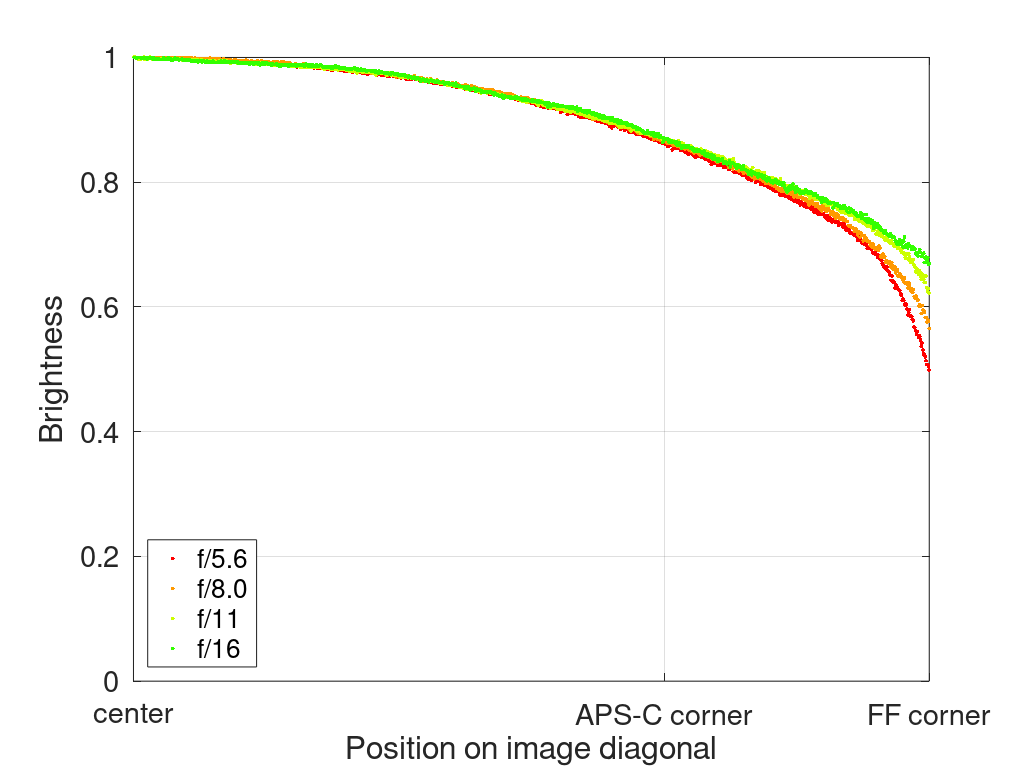
It is recommended to have a look at this article first to get an idea how this brightness graph works.
Color cast
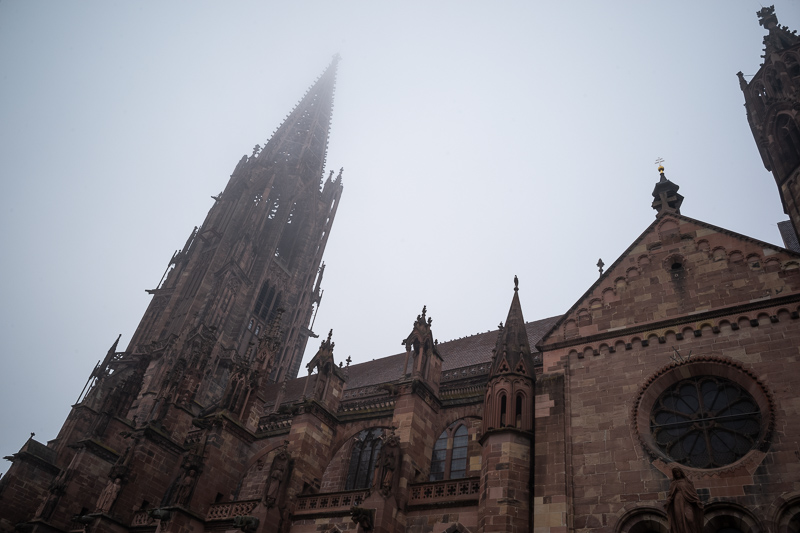
Some wide angle lenses show a bit of a color cast towards the corners, the TTArtisan 28mm 5.6 shows a slight bluish teint on the Leica M10. Not a big deal, but something that might become visible when taking pictures of overcast skies or snowy landscapes.
Sharpness
infinity (42mp Sony A7rII)
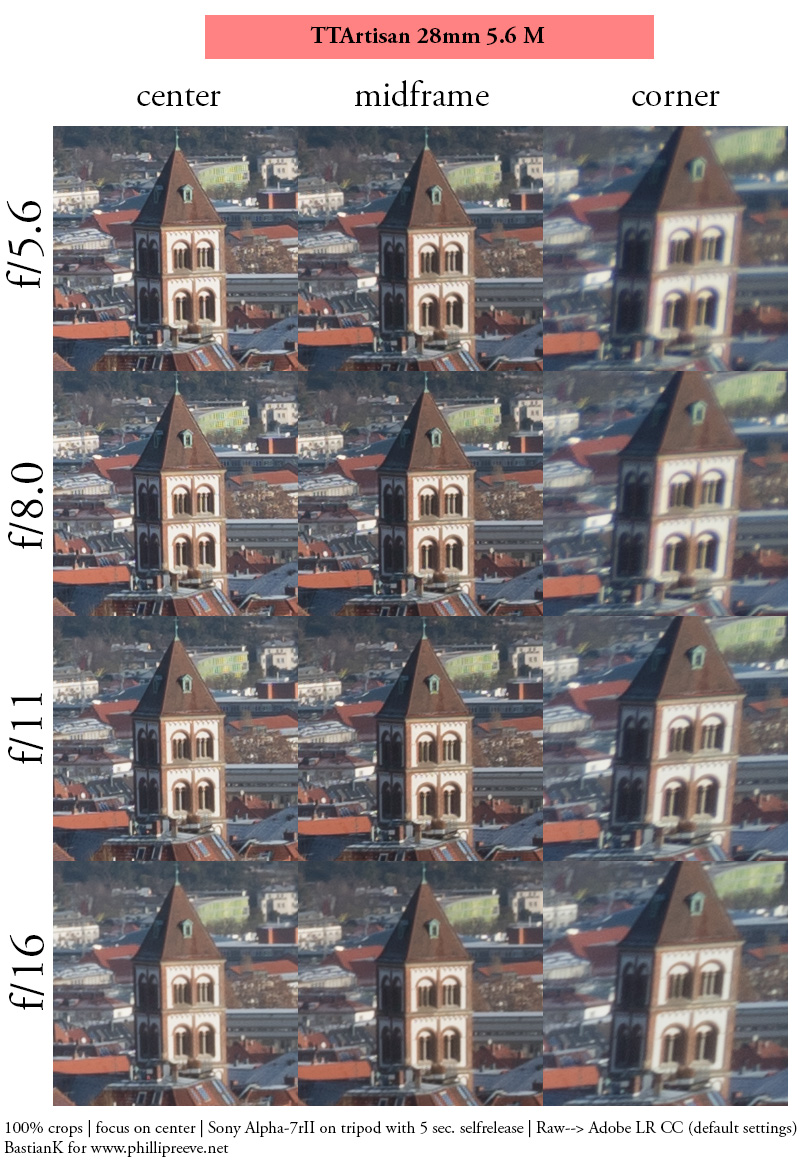
The small M-mount wide angle lenses usually struggle on the Sony cameras and this holds true for the TTArtisan 28mm 5.6 as well. Center looks good from f/5.6 and the midframe from f/8.0, but the corners never reach actually good resolution figures.
infinity (24mp Leica M10)
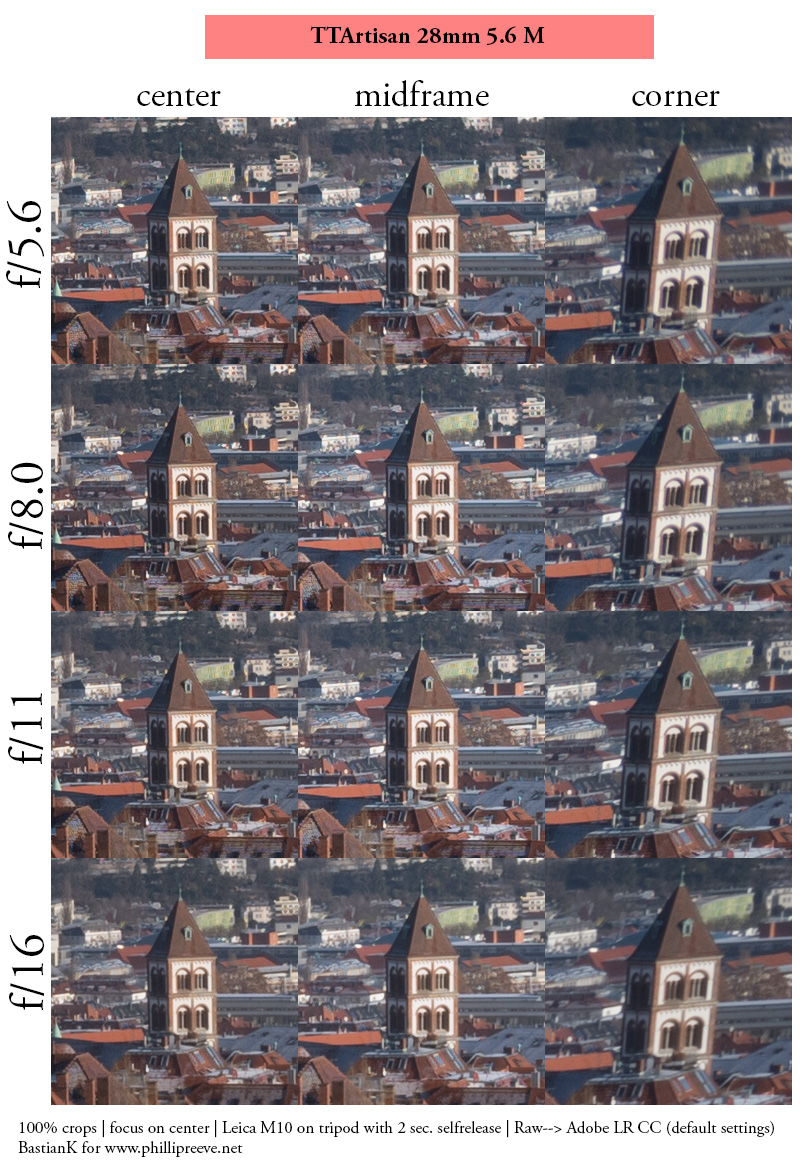
Now the situation on the Leica M10 is noticeably better – as was to be expected. While the corner resolution isn’t record breaking we still get even and good across frame performance at f/8.0 to f/11, afterwards we see a loss in resolution due to diffraction.
Flare resistance
As always evaluating flare is a complex matter since you can get any lens to look bad if you push it hard enough and a slight change of scenario can affect results a lot.
Sun outside frame
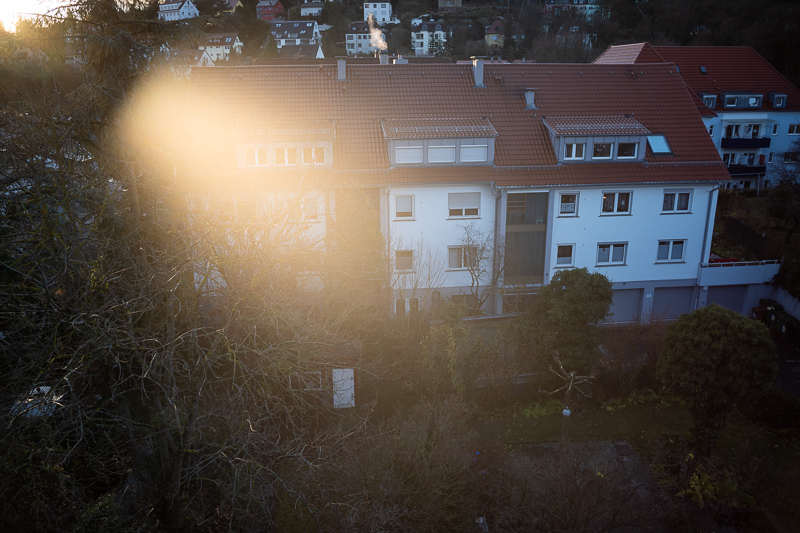
With most lenses there is a very specific position close to the corner of the frame that will lead to a huge flare and the TTArtisan 28mm 5.6 is no exception, this can easily solved by slightly reframing.
What was more of an issue: any light source outside the frame may create severe issues with veiling flare running across most of the frame. Maybe the hood helps here, as I didn’t get it with the lens I shielded the lens with my hand here, with solved the issue. Still, it was an overcast day with no direct sunlight.
Leica M10 | TTArtisan 28mm 5.6 | f/5.6
Update:
Reader Alexander Kraus wrote in the comments section that he painted all the exposed brass parts at the rear with matte black paint and this significantly improved the performance in terms of flare resistance, so maybe check out his comment down below.
Sun inside frame
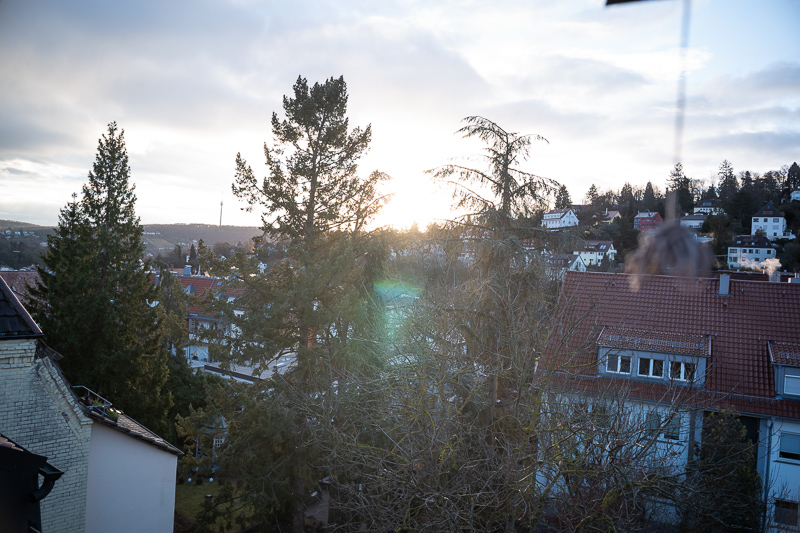
With the sun inside the frame some rather small green ghosts may appear:
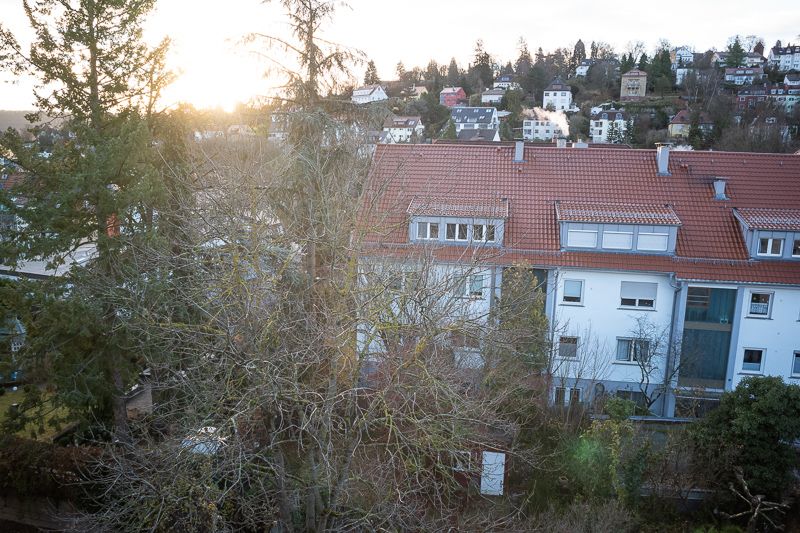
Considering the maximum aperture of f/5.6 I would have hoped for a better performance here.
Coma
100% crops from extreme corner, focused on center, M10
Coma is a common problem in fast wide angle lenses, but what about slow pancake wide angle lenses? There is a bit of coma (and a general drop in sharpness) visible towards the corners at the maximum aperture but stopping down to f/8.0 improves the situation significantly.
Distortion
Leica M10 | TTArtisan 28mm 5.6 | f/5.6
The TTArtisan 28mm 5.6 shows a low amount of barrel distortion. There is no profile in Lightroom available yet but diealing in +4 is doing a good job at correcting this.
Bokeh
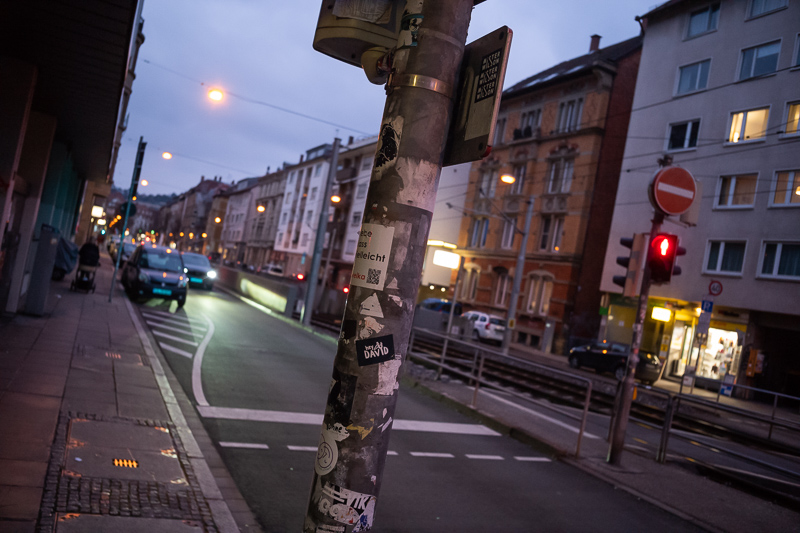
With a 28mm lens, a maxium aperture of f/5.6 and a minimum focus distance of 1.0 m this is not exactly the lens you should be looking at if you are into shallow depth of field photography. The picture above is to show you the maximum amount of bokeh possible.
Sunstars
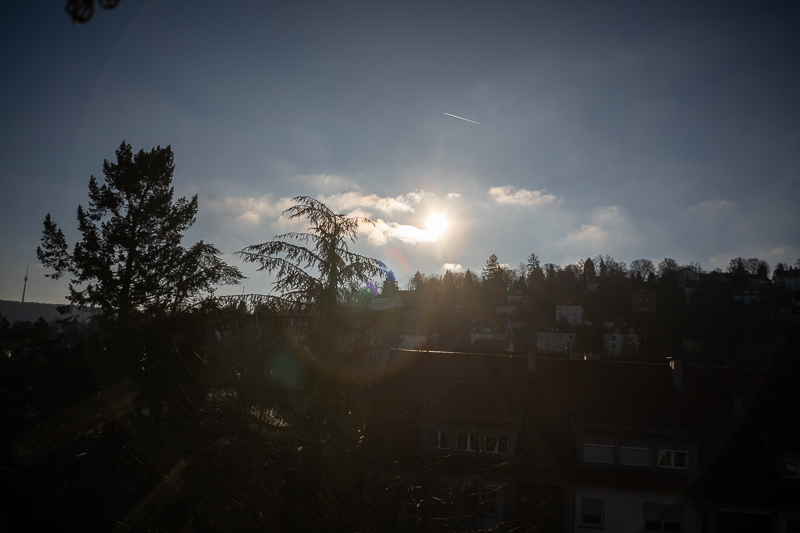
The TTArtisan 28mm 5.6 is using 6 inwardly curved aperture blades. Some lenses with 6 aperture blades show very pronounced sunstars but this TTArtisan lens is not one of those. It is actually very hard to create sunstars at all with this lens.
Chromatic aberration
lateral
The amount of lateral CA is very low, nothing to worry about.
100% crops from border, Leica M10, f/11
longitudinal
Due to the maximum aperture being f/5.6 you will only very rarely find longitudinal CA in your pictures.
Conclusion
good
|
average
|
not good
|
I think this lens might be polarising a bit, as there are a few things to talk about.
One thing is, that mechanically it looks like a copy of the Leica lens – if this is something you find morally/ethically questionable I will leave for you to decide – personally I would have wished for a different mechanical design because I find the infinity hard lock rather bothersome to operate and would have also liked a lens that focused closer than 1.0 m.
Others that find this kind of design very appealing might be happy that they can now get a lens with this looks for a more reasonable price though.
Optically we have high vignetting (always expected with such small lenses), unfortunately not that great flare resistance but decent CA correction as well as sharpness (on Leica M cameras).
I have been reviewing this lens during a German winter and the maximum aperture of f/5.6 was also rather limiting here. Under overcast skies I often had to push the ISO a bit to get a shutter speed of 1/30s and things obviously got worse in the evening or indoors.
I think you know everything there is to know now to figure out if this lens is for you.
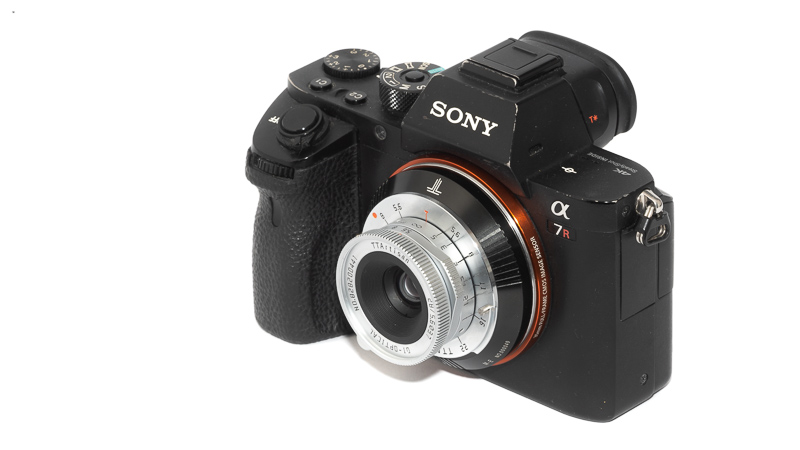
The lens can already be preordered from the manufacturer’s shop and B&H (affiliate link) and the price is $298
Alternatives
Leica 28mm 5.6 Summaron-M:
The Leica lens looks almost exactly the same from the outside, but the optics are completely different. Judging by the MTF charts the TTArtisan lens reviewed here offers better corner resolution, apart from that and a factor 10 price difference I cannot tell you much about the comparison of these two lenses.
buy from amazon.com | ebay.com | ebay.de | B&H new for $2800 (affiliate links)
Voigtlander VM 28mm 2.8 Color-Skopar:
This is the smallest Voigtländer 28mm lens. Despite being two stops faster it has roughly the same length as this TTArtisan lens and is only a little bit fatter. The Voigtländer lens easily outperforms this TTArtisan lens in every category, but it also costs more than double.
buy from ebay.com | B&H (affiliate links) for $699
7Artisans 35mm 5.6 Wen:
Apart from the different focal length this 7Artisans lens features a more modern casing design and a minimum focus distance of 0.3 m but the aperture is always fixed to f/5.6 and cannot be changed.
buy from amazon.com | ebay.com | ebay.de | B&H new for $138 (affiliate links)
MS-Optics 24mm 2.0 Aporia:
The MS-Optics 24mm 2.0 is much smaller than this TTArtisan 28mm 5.6 and weighs less than a third, yet it is a whopping 3 stops faster. It is also an exotic/expensive lens with a few notable quirks and certainly not for everyone.
buy from ebay.com for ~$1200 (affiliate links)
Voigtländer VM 21mm 3.5 Color-Skopar:
The Voigtländer VM 21mm 3.5 Color-Skopar is a small, well balanced modern wide angle lens. Even though it is small in absolute terms it starts to look big compared to the TTArtisan lens reviewed here, but it is noticeably faster and shows better flare resistance.
buy from CameraQuest | B&H | Robert White | amazon.com | ebay.com for $799 (affiliate links)
Sample Images

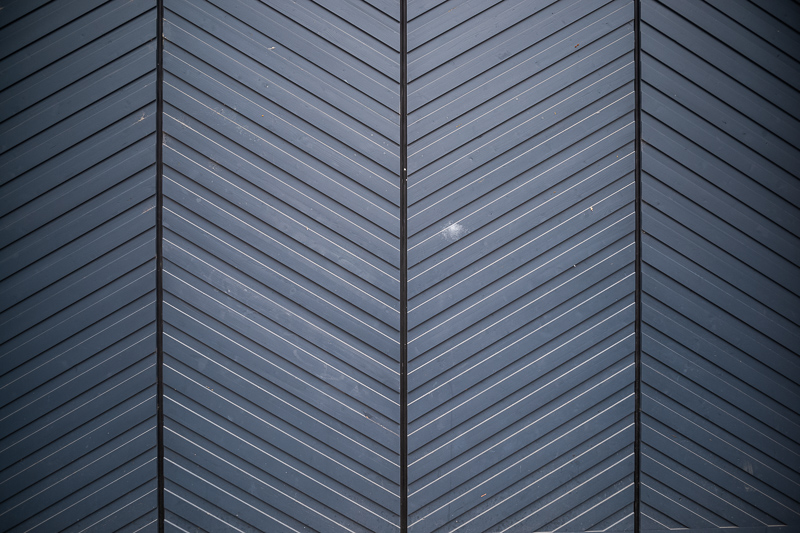
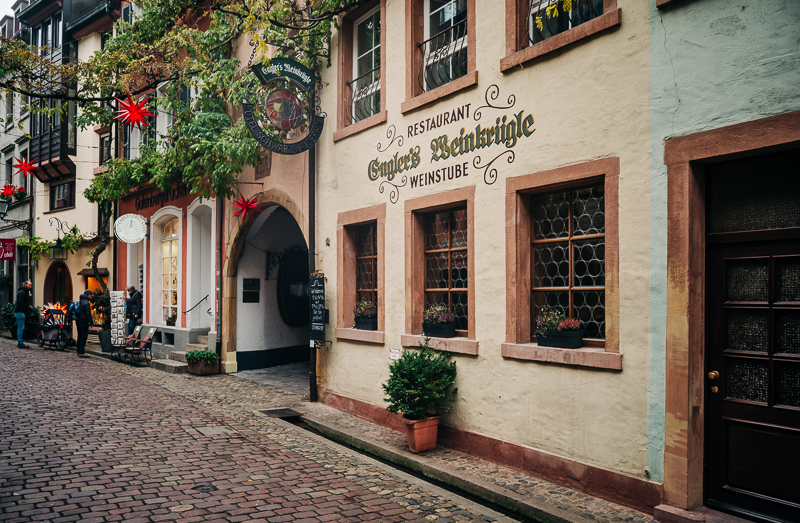
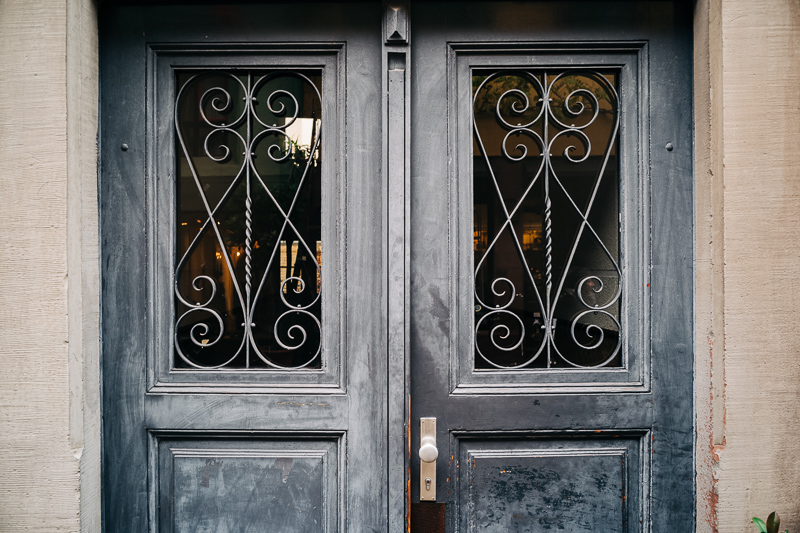

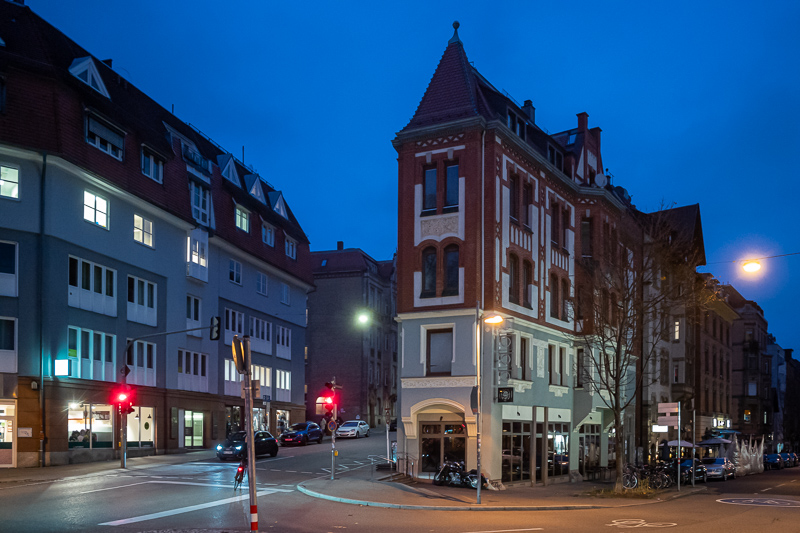
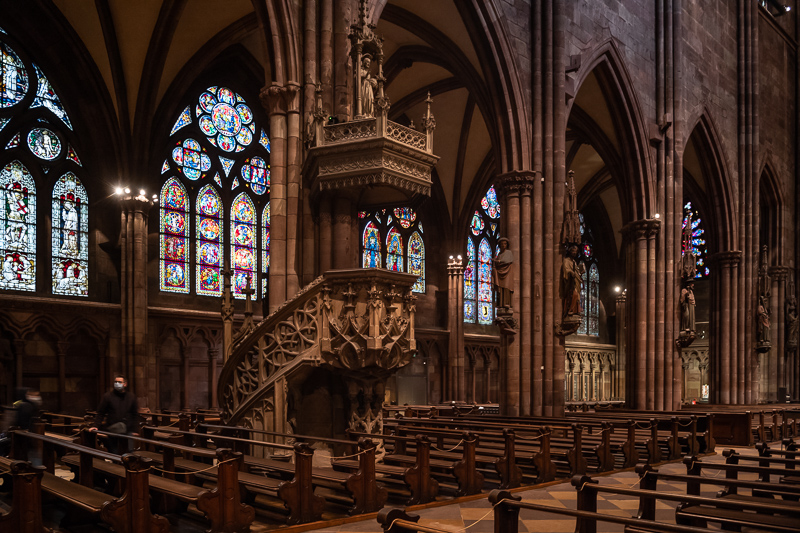
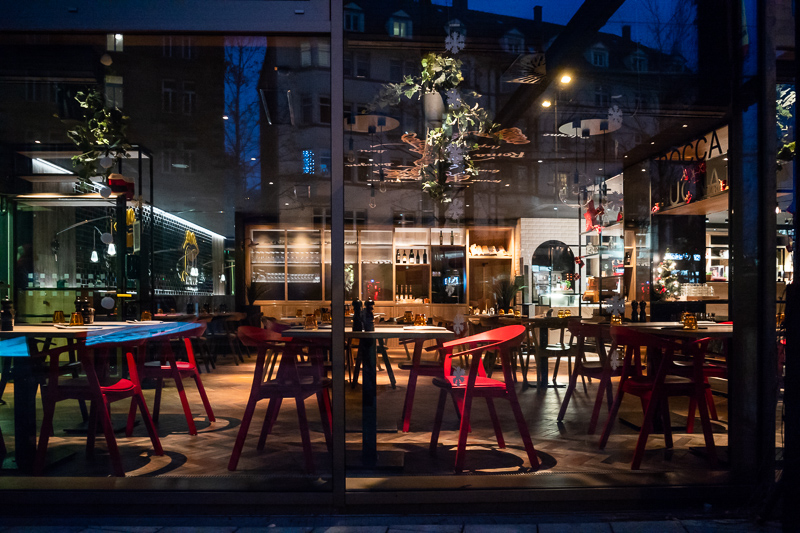

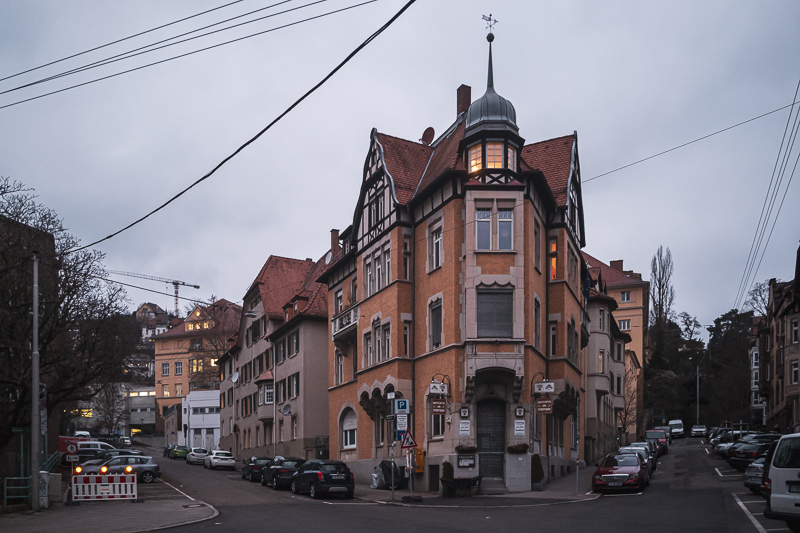
You can find most of the sample images in full resolution here.
Further Reading
- Sony FE lenses: Our comprehensive and independent guide
- Sony FE lenses: Our guide to portrait lenses from 85 to 135mm
- What makes a picture good?
- Lens aberrations explained
Support Us
Did you find this article useful or just liked reading it? Treat us to a coffee!
![]()
![]()
![]() via Paypal
via Paypal
This site contains affiliate links. If you make a purchase using any of the links marked as affiliate links, I may receive a small commission at no additional cost to you. This helps support the creation of future content.
Latest posts by BastianK (see all)
- The Best Fullframe Lenses from China - November 24, 2025
- Review: Mr. Ding Optics 50mm 1.2 Noxlux Z - November 23, 2025
- Analogue Adventures – Part 46: Fujichrome Provia 400F (expired) - November 19, 2025

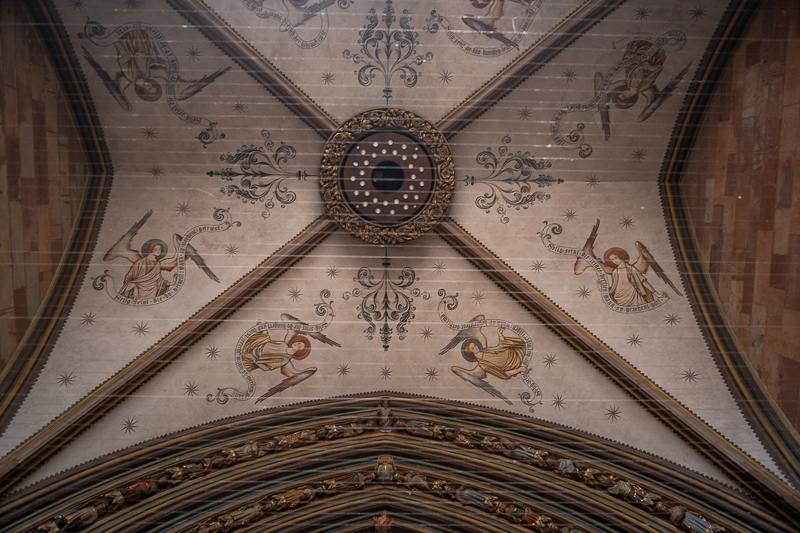
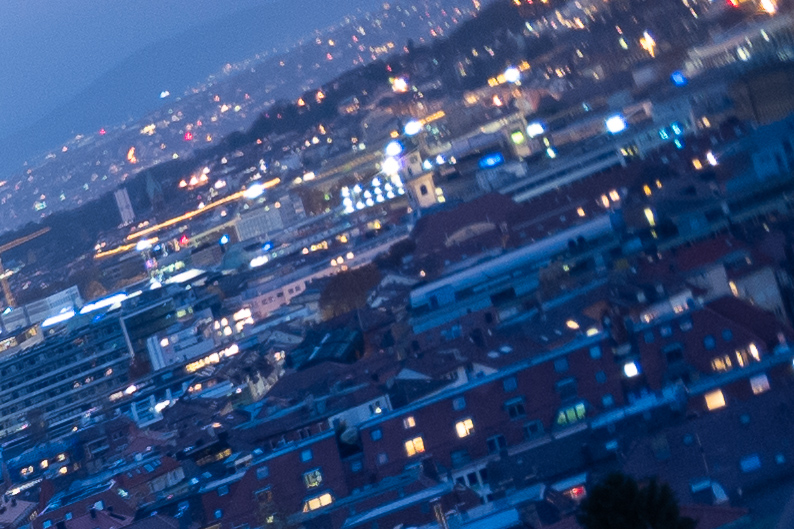
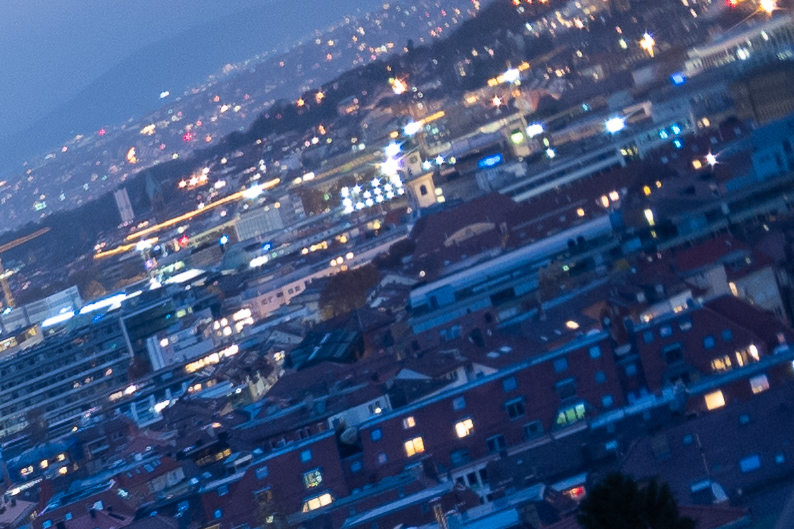

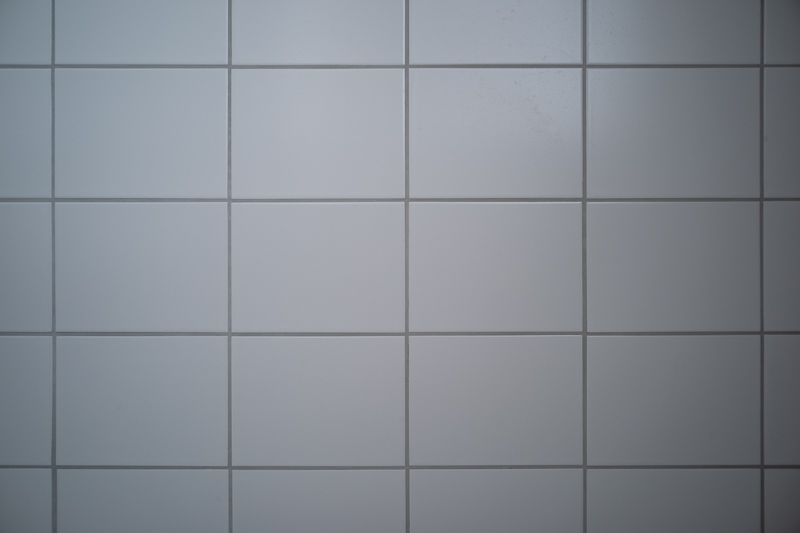
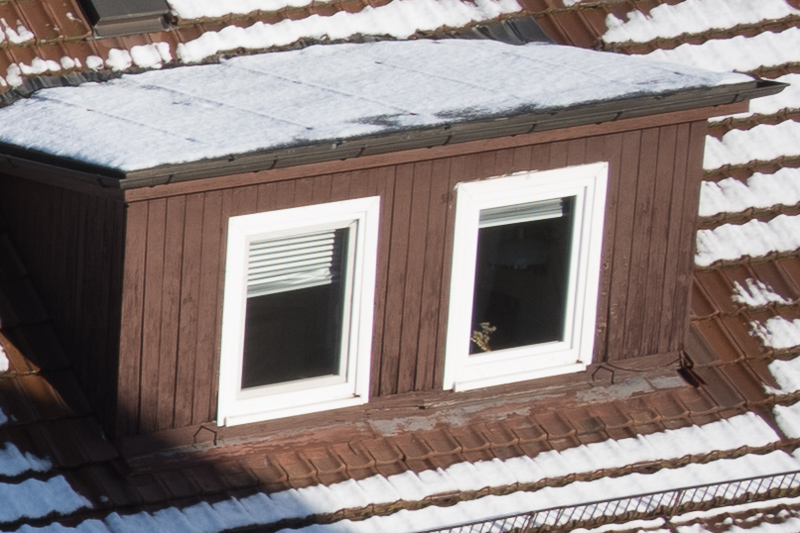
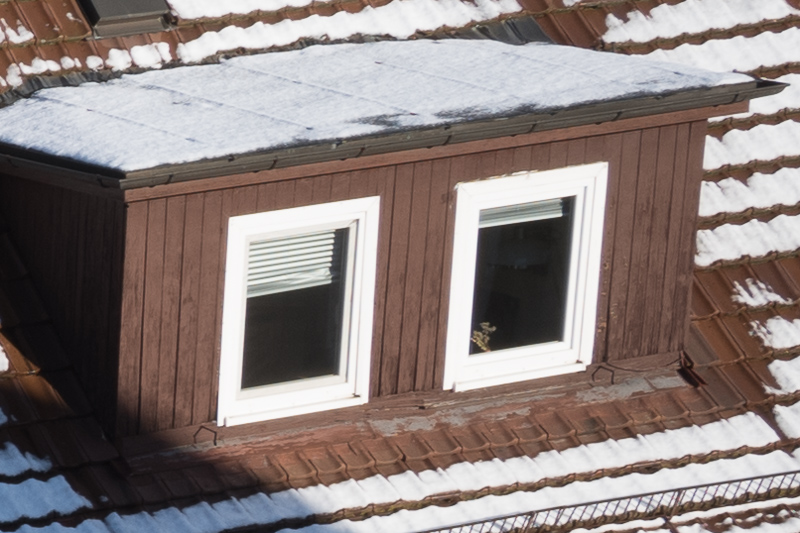
Great review.
I don’t know whether to be more disappointed with the flare performance given the aperture and lens hood size. Probably not a deal breaker, just difficult to know what to expect when there’s not many comparable options.
With vignetting I wonder if how ‘quickly’ it vignettes could be mentioned. Some lenses have extremely dark corners, but only at the very edge of the frame. Here there’s -2.4EV in the corners, but it looks pretty evenly illuminated.
I am still looking for a programmer that is able to write a tool that can load a picture like that and give out the vignetting values in a graph, like lenstip is sometimes using in their reviews.
Volunteers welcome.
If a simple plot along the diagonal will do the job for you, maybe I can help you. I did something like this as an project at university. Feel free to contact me if you are interested.
Thanks for reviewing these niche lenses! I always enjoy them. Looks like this lens has very nice colors and microcontrast probably due to its low element count. I actually really like this lens and if they made one optimized for Sony I could see myself giving in and buying one
My weakness is: I like lenses too much.
So I can hardly say no to review a lens being offered to me…
This is a rather wide and slow lens where the difference between using it on Sony and Leica sensor is quite significant though.
Yeah im jealous. You get to play with all sorts of lenses without buying them haha. And yeah I’m a little disappointed by its Sony performance…. It seems telephoto lenses transfer better than wide angle lenses and this is no exception
When the first E-mount cameras arrived and people found out about things like different filter stacks many thought from 50mm onwards there are no issues anymore.
But even with the Leica 90mm 2.0 I see significant differences.
And then we have the Laowa 9mm 5.6, which is doing a pretty good job on both.
It is really something you need to look at from a lens to lens base.
Ah, fair enough. Light is a weird thing isn’t it
Bastian, have you had a look at the Sigma 24mm f3.5. I have been somewhat underwhelmed by the (lack of) character of many of sigma’s “I-Series” lenses but the 24mm 3.5 actually impressed me a lot and reminds me of the Loxias quite a bit in terms of its resolution, tonal expression, and punchiness.
Have a look:
https://www.flickr.com/groups/sigma-24mm-dg-dn-contemporary/pool/
Actually I have never used one of the iSeries lenses, so my knowledge of these lenses is mostly based on the lens tip reviews.
I had the Leica Summaron-M version and absolutely loved it. I sold it to fund a faster 35mm Asph which I needed for speed. The Summaron is not ideal as a main wide angle lens but is a perfect companion lens with something f2 or 1.4. I will be ordering this TTartisan version – it looks to perform similarly to the Leica. With the Summaron attached to my M-P I have received many comments on my “vintage” camera and I find the combination very disarming for street photography.
I have the Orion 15 28mm f6, and while it too flares, it’s behavior is much better than the TT 28 f6, which is surprising given the age, lack (?) of multi coatings etc.
I really wanted to like this TT lens, but thanks to your testing my wallet is in better shape! Perhaps if they introduce it in a black version I will succumb.
Interestingly my CV 28 3.5 LTM – a super lens – is quite a bit smaller than this TT 28 f6, even though it is faster. And it handles flare much better. Prices have lately shot up on it though.
Thanks again for the review!
I could imagine that a lot of the flare problems can be attributed to shiny bright golden brass rings vilible at the rear side of the lens. I would recommend to blacken them with an overhead marker (or stain it black permanently with a chemical brass blackening solution)
I have the TTArtisan 0,95/50mm, use ot on a Sony A9 and painted the brass parts black. The blacl color could be wiped of with a cloth and alcohol any time in case I’d plan to sell it (unlikely to happen, I like it a lot)
I do not like and would never buy such a chinese leicamodel copy.
First of all it is not a copy, since it has a completely different optical design.
Secondly, I’d never pay 3000€ for any 28mm f:5.6 lens! 😉
Makes two of us.
Me three 😊
I note it does not perform as well on the Sony as on the M10. How do you think it would perform on the M11?
Same as on M10.
To be fair, it’s somehow lame to judge about the flare performance, testing it -without- it’s matching lens hood.
Yes, i’ve read that TTA sent it without for testing purposes, but i had strongly advised, to sent it with the matching lens hood, because from all other reviews onto the web, flares aren’t much that an issue, when using the hood.
Mine was delivered about 30 minutes ago almost a month earlier than expected, beautifully packaged, the lens seems very well made complete with lens hood that I probably wont use, the weather here in the UK is terrible a big storm and the rain is pelting down outside so me and my M9 will not be venturing out today, two issues, I agree the infinity lock is a pain and it would have been nice to have a screw in lens cap, overall I think I will enjoy using the lens and it looks great on the M9.
Many thanks your great reviews, Bastian 🙂
I was actually a bit hesitating to buy the TTArtisan 28mm for main use on my Sony cameras after reading our review, but the corner problems appear to be less distractive in practice as one might think, looking at your sharpness test with the Sony A7RII. The unsharp areas in the corners are really only the very outer parts and they disappear at f:11.
More important seems to be the flare issue. In my oppinion this is a housemade problem because TTArtisan did not blacken all the shiny golden brass parts at the rear of the lens! How stupid can one be to allow light bouncing back and forward between sensor and this shiny golden “brass mirror”???
The quick fix is very simple, though: Get yourself a permanent marker and paint all brass parts at the rear side black! Its quickly done and helps a lot to reduce flare significantly!
He have published some test pictures with the TTArtisan with blackened rear parts: https://www.flickr.com/photos/alexander_kraus/albums/72177720300929285
Best regards
Alexander
I will add a note in the flare resistance section to check out your comment and pictures 🙂
Ok, thanks 🙂